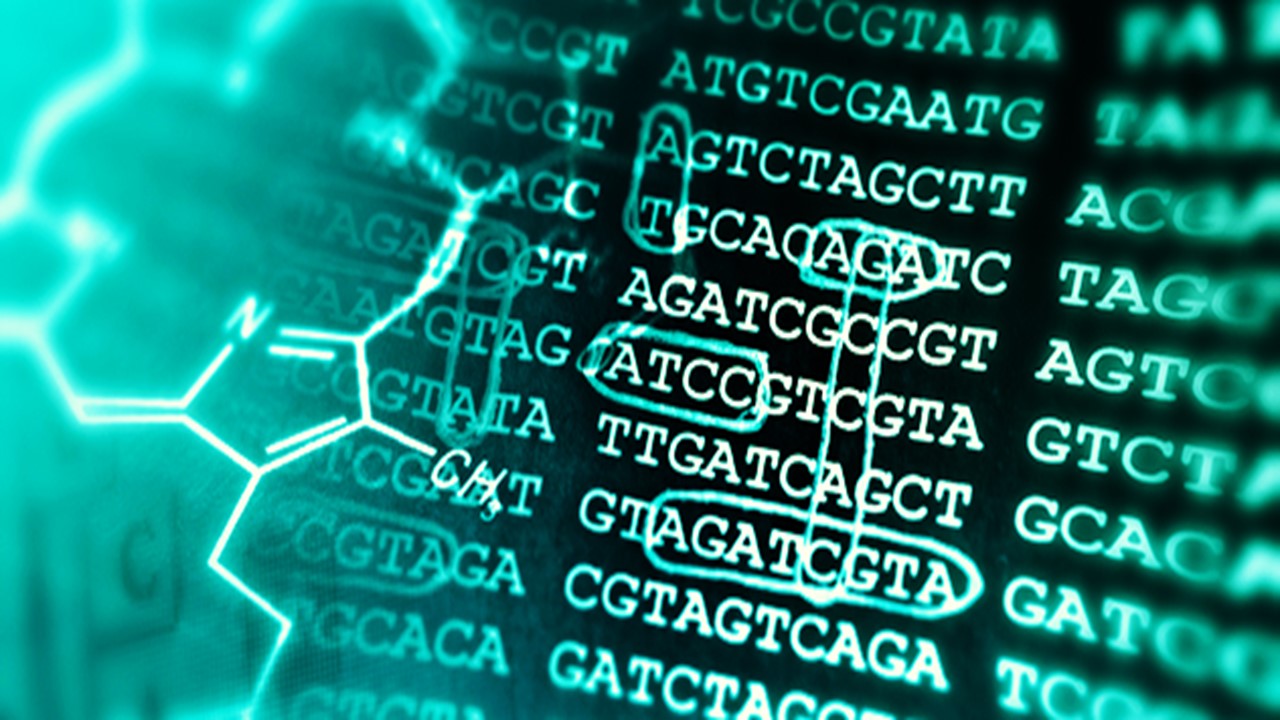In the era of high-throughput technologies, the biological sciences have witnessed an unprecedented surge in data generation. These advances have provided researchers with intricate insights into various biological layers, including genomics, transcriptomics, epigenomics, proteomics, and metabolomics. Each of these layers holds a unique piece of the puzzle, revealing associations between specific genes, proteins, metabolites, and diseases or phenotypes. For instance, elevated levels of branched-chain amino acids (BCAAs) and their degradation products have been identified as hallmarks of type 2 diabetes, while Alzheimer’s disease is characterized by reduced levels of these metabolites. While single omics studies have undoubtedly enriched our understanding of disease mechanisms, they often overlook the intricate interplay between these biological layers, which may play pivotal roles in disease development and presentation.
Multi-Omics Integration: A Paradigm Shift
To overcome the limitations of single omics studies and delve deeper into the molecular underpinnings of health and disease, multi-omics integration has emerged as a powerful approach. This strategy involves harmonizing data from multiple biological domains, such as gene expression, protein abundances, and metabolite concentrations, to gain a holistic perspective. By synthesizing evidence across these layers, multi-omics studies can uncover causal relationships and pinpoint potential therapeutic targets.
A notable example of multi-omics integration prowess is the work of Lotta et al., who utilized large genetic and metabolomic datasets to establish a causal link between BCAA metabolism and type 2 diabetes. Their findings suggested the PPM1K gene as a potential drug target. This gene encodes a mitochondrial phosphatase that regulates BCAA catabolism, and its upregulation was observed in healthy individuals but not in those with type 2 diabetes. While multi-omics data does not always prove causality directly, it significantly enhances the reliability of results and minimizes the risk of false positives.
Exploring Cross-Omics Relationships
Beyond its application in disease-specific research, multi-omics studies provide a transformative approach to exploring the intricate web of molecular interactions that govern fundamental biological processes. This broader perspective transcends the confines of studying specific diseases or phenotypes and delves into the rich tapestry of molecular relationships within and between different biological layers. Two critical aspects of this expanded view are the investigation of inter-omics and intra-omics relationships.
Inter-Omics Relationships: Unlocking Metabolic Conversations
Inter-omics relationships refer to the connections and interactions that occur between different biological layers, such as genomics, transcriptomics, proteomics, and metabolomics. In the context of multi-omics studies, these relationships are particularly intriguing because they illuminate how changes in one biological layer can reverberate through others. A prime example of inter-omics relationships is the conversion of metabolites, which serve as the downstream products of biological processes. These metabolite conversions often represent a dialogue between genes, proteins, and cellular pathways.
Consider a scenario where a specific genetic mutation leads to the overexpression of an enzyme responsible for metabolite production. This genetic change can subsequently influence the abundance of that metabolite, potentially triggering downstream effects on various biological processes. In this way, metabolites act as messengers, conveying information about genetic and proteomic changes. Multi-omics studies allow us to trace these metabolic conversations, unveiling how alterations in one layer cascade through the biological hierarchy.
Intra-Omics Relationships: Unveiling Molecular Alliances
Intra-omics relationships, on the other hand, pertain to interactions within a single biological layer. For instance, within the realm of proteomics, it involves exploring how proteins collaborate, compete, or influence one another’s activities. These interactions can have profound implications for cellular function, signaling pathways, and disease mechanisms.
Protein-protein interactions (PPIs) are a noteworthy example of intra-omics relationships. In a cell, thousands of proteins coexist, each with its unique role. However, many biological processes involve teamwork, where multiple proteins come together to execute a specific function. Understanding these interactions is crucial for deciphering cellular functions and signaling pathways. In the context of multi-omics studies, intra-omics relationships can provide critical insights into how proteins within a specific layer collaborate or interfere with one another, shedding light on the complexity of biological systems.
Uncovering Networks of Molecular Interactions
When both inter-omics and intra-omics relationships are explored simultaneously in a multi-omics framework, a comprehensive picture of molecular interactions emerges. These interactions form intricate networks that underlie fundamental biological processes. These networks are not limited to a linear chain of cause and effect but instead resemble a complex web of interconnected nodes, each representing a gene, protein, or metabolite.
These networks offer a unique perspective on how biological systems function as integrated wholes, rather than isolated components. They reveal how perturbations in one part of the system can propagate and affect other components, sometimes in unexpected ways. This holistic view is essential for understanding the robustness and adaptability of biological systems in response to changing conditions and stressors.
Moreover, these molecular interaction networks have practical applications beyond basic research. They can serve as the foundation for the identification of novel drug targets, the development of personalized therapies, and the optimization of treatment strategies. By understanding the intricate relationships within and between biological layers, multi-omics studies empower researchers to navigate the complexities of biology and harness this knowledge for the benefit of human health.
Metabolomics: The Bridge Between Genotype and Phenotype
Metabolomics, a sub-discipline of multi-omics, occupies a distinctive position in integrative analysis. Metabolites, the end products of biological processes, encapsulate the effects of genetics, epigenetics, and the environment. They are often hailed as “the link between genotype and phenotype” and have been implicated in various diseases, including Alzheimer’s, type 2 diabetes, and cancer. Additionally, metabolites can be easily measured in biofluids like blood and urine, making them attractive candidates for biomarker discovery.
Unlocking the Metabolic Individuality
Epidemiological studies have demonstrated the value of integrating metabolomics with other omics layers, such as genomics, transcriptomics, and epigenetics. These integrations shed light on metabolic individuality and its connections to disease mechanisms. For instance, it has been shown that genetic variants can explain a significant portion of the variation in metabolite concentrations, while DNA methylation can modulate metabolism. This intricate interplay between genetics, epigenetics, and metabolomics highlights the dynamic nature of human biology, where environmental and lifestyle factors further shape metabolic responses to challenges, be it regular dietary intake or specific disease conditions.
Moreover, the metabolome’s ability to modulate gene and protein activity creates complex feedback mechanisms and interrelationships between omics layers. This, in turn, offers exciting prospects for uncovering disease mechanisms and identifying novel therapeutic targets.
Navigating the Multi-Omics Landscape
To harness the potential of multi-omics data, a plethora of techniques for data reduction, manipulation, and integration have been developed. These methods play a crucial role in making sense of the heterogeneous datasets that result from multi-omics studies. While previous reviews have focused on specific integration strategies, this review aims to provide an encompassing overview of a typical multi-omics workflow, emphasizing methods capable of integrating metabolomics data with more than two omics layers.
Integration Strategies: Simultaneous vs. Step-Wise
Multi-omics integration strategies can broadly be categorized into two paradigms: simultaneous and step-wise integration. Simultaneous strategies utilize all available omics data simultaneously, considering complementary information and correlations between layers. These methods demand data from the same biological samples, a constraint that can pose challenges due to financial or technical limitations.
Conversely, step-wise integration strategies analyze omics datasets independently or in specific combinations, integrating the results afterward. This flexibility enables the integration of data from different sources, thus accommodating studies with heterogeneous datasets or limited sample overlap.
The Multi-Omics Workflow
A typical multi-omics analysis unfolds in four key steps:
Data Generation: This phase encompasses study design, sample preparation, and data acquisition through high-throughput platforms. Different scenarios may arise based on the availability of omics data for the same samples.
Data Preprocessing and Dimensionality Reduction: Raw data from various omics layers undergo preprocessing, and dimensionality reduction techniques are applied to streamline the analysis.
Data Integration: Diverse integration approaches, ranging from data-driven to knowledge-based methods, are employed to harmonize data from multiple omics layers. The choice of method hinges on the research question and the nature of the data.
Data Interpretation: Post-integration analysis and visualization unveil novel biomarker candidates, generate testable hypotheses, and unveil intricate biological relationships.
Challenges and Opportunities
The selection of an appropriate integration strategy hinges on the available data and research objectives, further complicated by data dimensionality, heterogeneity, and a lack of universal protocols. Despite these challenges, multi-omics integration provides a transformative lens through which we can scrutinize the complex tapestry of biological systems.
In conclusion, multi-omics integration represents a paradigm shift in bioinformatics, enabling a more comprehensive understanding of health and disease. It not only sheds light on specific diseases but also uncovers the intricate web of interactions between biological layers. While challenges persist, the power of multi-omics integration in advancing personalized medicine and revealing novel therapeutic avenues is undeniable. As technology continues to evolve and datasets expand, the potential for groundbreaking discoveries in the field of bioinformatics is limitless.
Engr. Dex Marco Tiu Guibelondo, B.Sc. Pharm, R.Ph., B.Sc. CpE
Subscribe
to get our
LATEST NEWS
Related Posts

Bioinformatics & Multiomics
Mapping the Invisible Arrows: Unraveling Disease Causality Through Network Biology
What began as a methodological proposition—constructing causality through three structured networks—has evolved into a vision for the future of systems medicine.

Bioinformatics & Multiomics
Open-Source Bioinformatics: High-Resolution Analysis of Combinatorial Selection Dynamics
Combinatorial selection technologies are pivotal in molecular biology, facilitating biomolecule discovery through iterative enrichment and depletion.
Read More Articles
Mini Organs, Major Breakthroughs: How Chemical Innovation and Organoids Are Transforming Drug Discovery
By merging chemical innovation with liver organoids and microfluidics, researchers are transforming drug discovery into a biologically precise, patient-informed, and toxicity-aware process.
Tetravalent Vaccines: The Power of Multivalent E Dimers on Liposomes to Eliminate Immune Interference in Dengue
For the first time, a dengue vaccine candidate has demonstrated the elusive trifecta of broad coverage, balanced immunity, and minimal enhancement risk,













